Advertisement
What Is Origami and Why Is It So Fascinating?
Advertisement
In today’s fast-paced world, finding effective ways to unwind is more important than ever. Maintaining good mental health is essential, and studies have shown that dedicating time to personal hobbies is key for relaxation. Everyone has their own go-to activity, whether it’s yoga or adult coloring books. But a hobby that’s been gaining popularity is origami.
Understanding Origami
Origami, which comes from the Japanese words “ori” (folding) and “kami” (paper), is the art of creating paper sculptures through a series of specific folds. The tradition began in Japan during the Edo period in the 1600s. Today’s origami combines techniques from ancient Japanese, Chinese, and European practices. While some complex designs may call for specialty paper, most origami can be done with any square piece of material, making it accessible and versatile.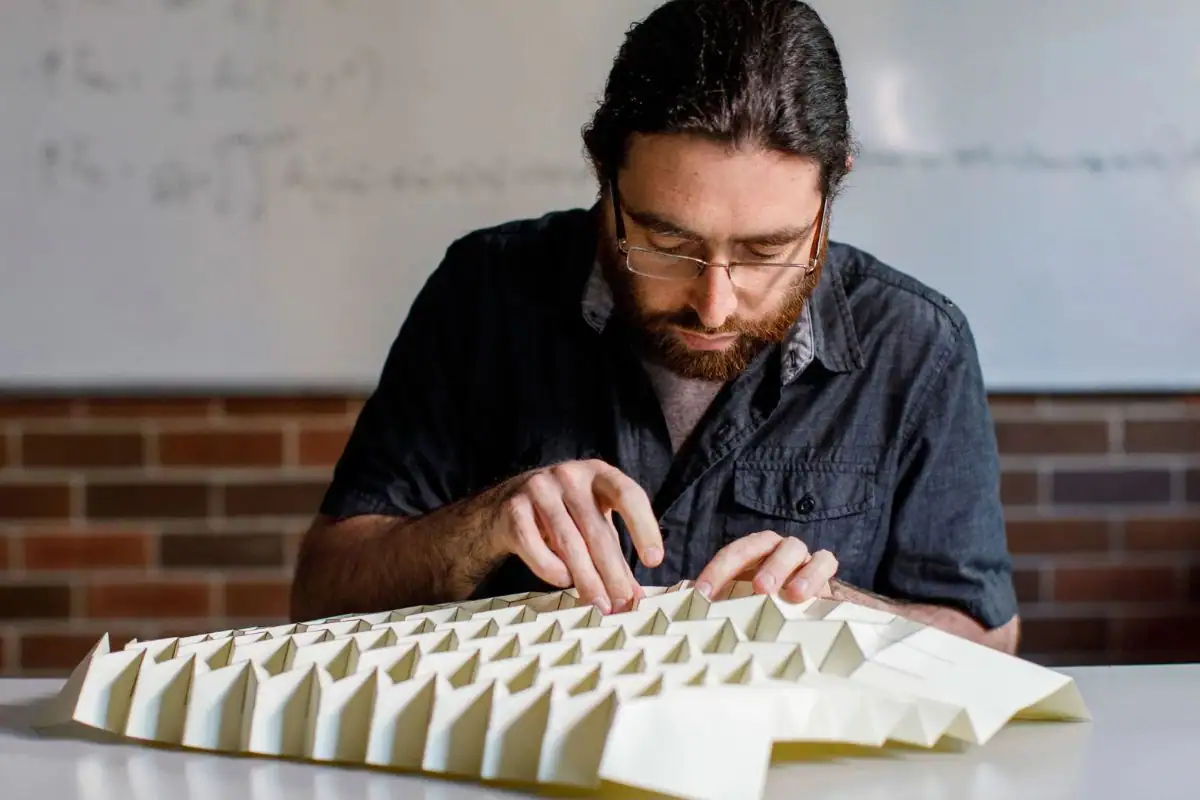
Advertisement
Great for Beginners
One of the best things about origami is that you don’t need any special artistic skills to create beautiful pieces. If you can follow instructions, you can make origami. Simple designs require only a few folds, making it one of the most beginner-friendly activities around. But don’t be fooled—origami can become more challenging as your skills improve. This gradual increase in complexity allows for growth and keeps the hobby interesting as you advance to more intricate projects.
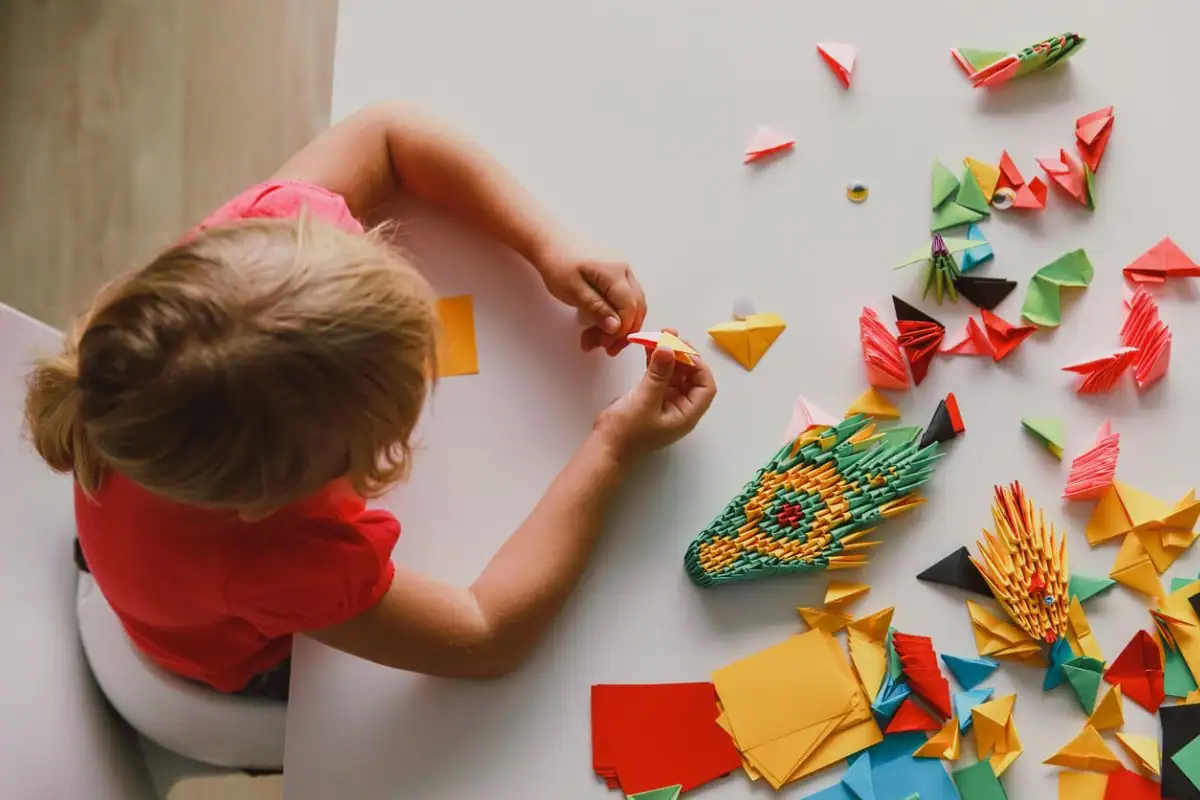
Advertisement
Reduces Stress
Many people feel a twinge of guilt when they carve out time for themselves. Between work, family, and countless other responsibilities, it can seem like there’s always something more pressing to do. But research highlights how crucial self-care is for overall well-being, particularly for reducing stress. A 2016 study published in Art Therapy found that engaging in art-making activities significantly reduced cortisol levels, the stress hormone. Practicing origami is a simple yet effective way to manage stress and feel more at peace.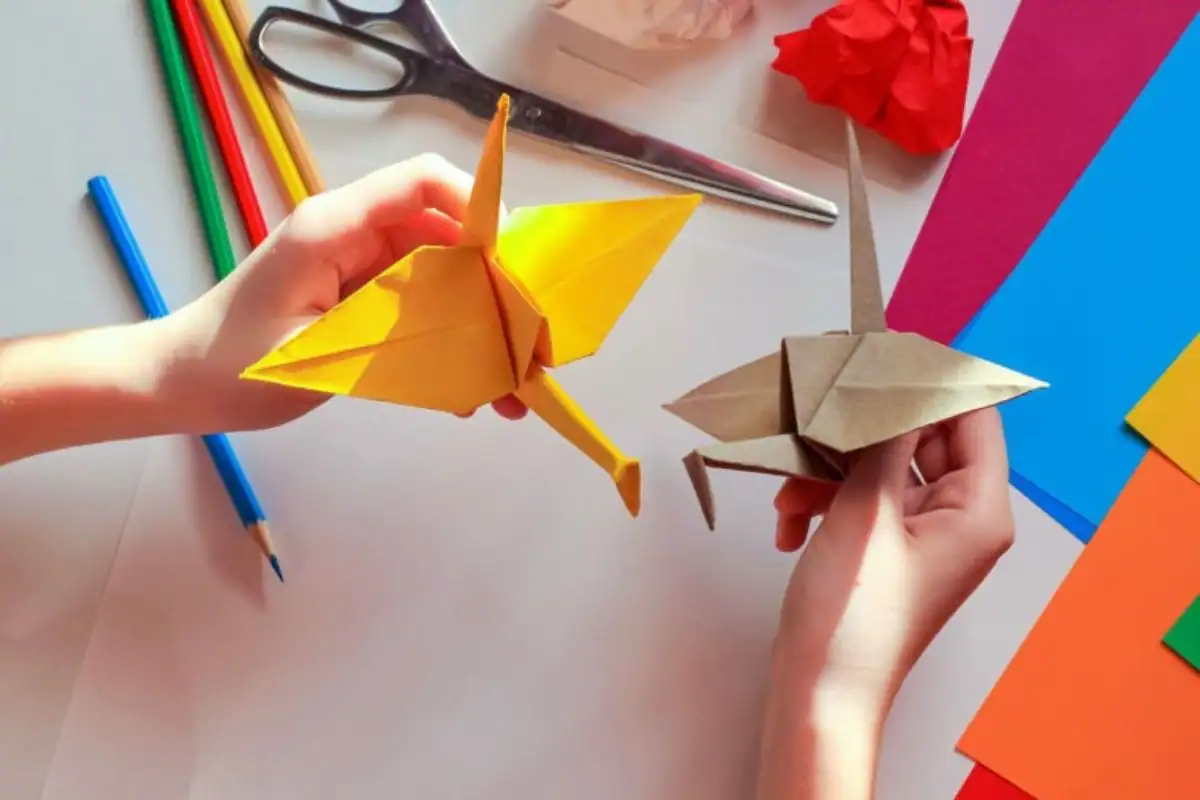
Advertisement
Low-Risk and Low-Pressure
Why choose origami over other artistic hobbies? One big reason is that it’s low-risk and low-pressure. Unlike other arts that require expensive supplies like clay or paint, origami only needs paper, which is often inexpensive or already available at home. Plus, there’s no pressure for perfection. If you make a mistake, you can simply unfold the paper and start again. Even if the final product doesn’t turn out as planned, it reflects your progress and effort.
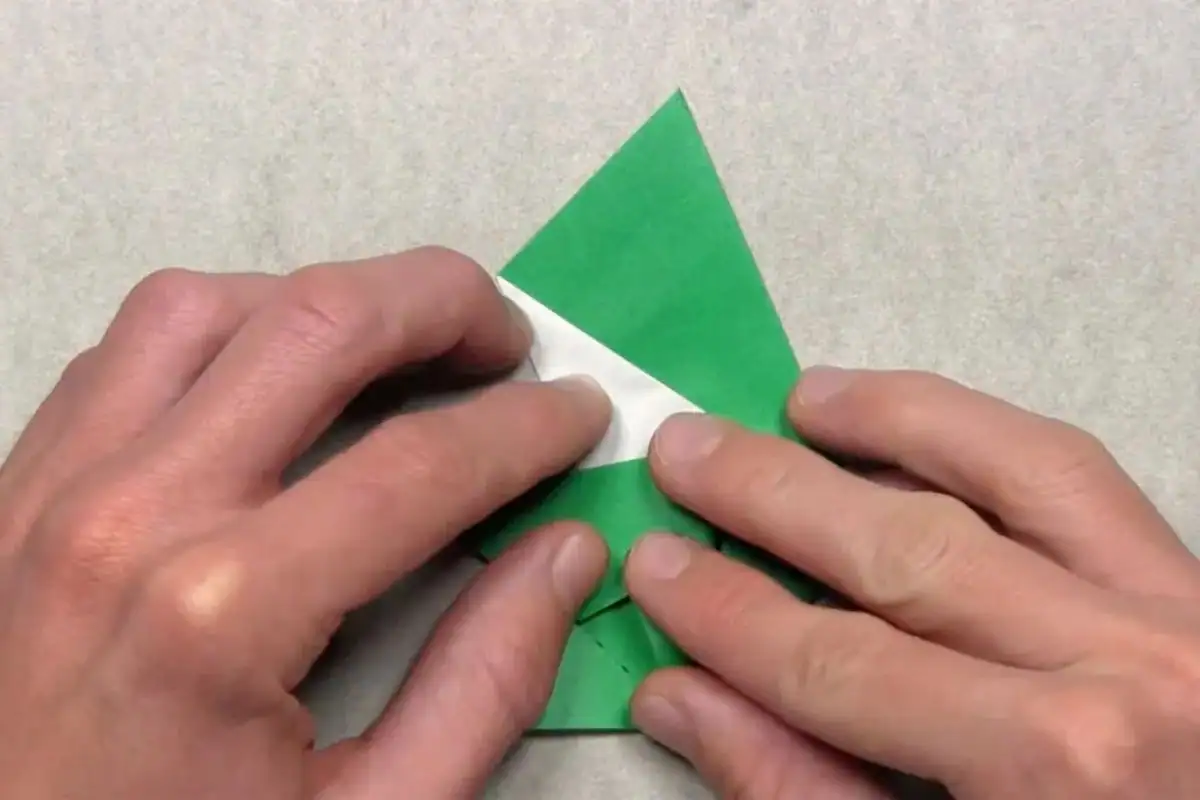
Advertisement
Create Art
Practicing origami means you’re creating art, one fold at a time. Completing a piece, no matter how simple, can be incredibly rewarding. As your skills develop, you can make more elaborate and varied pieces. And just like paintings or other art forms, your finished origami can be displayed proudly. Changing up the type of paper, using different colors, or decorating your piece adds even more opportunities for creativity. The options are practically limitless.
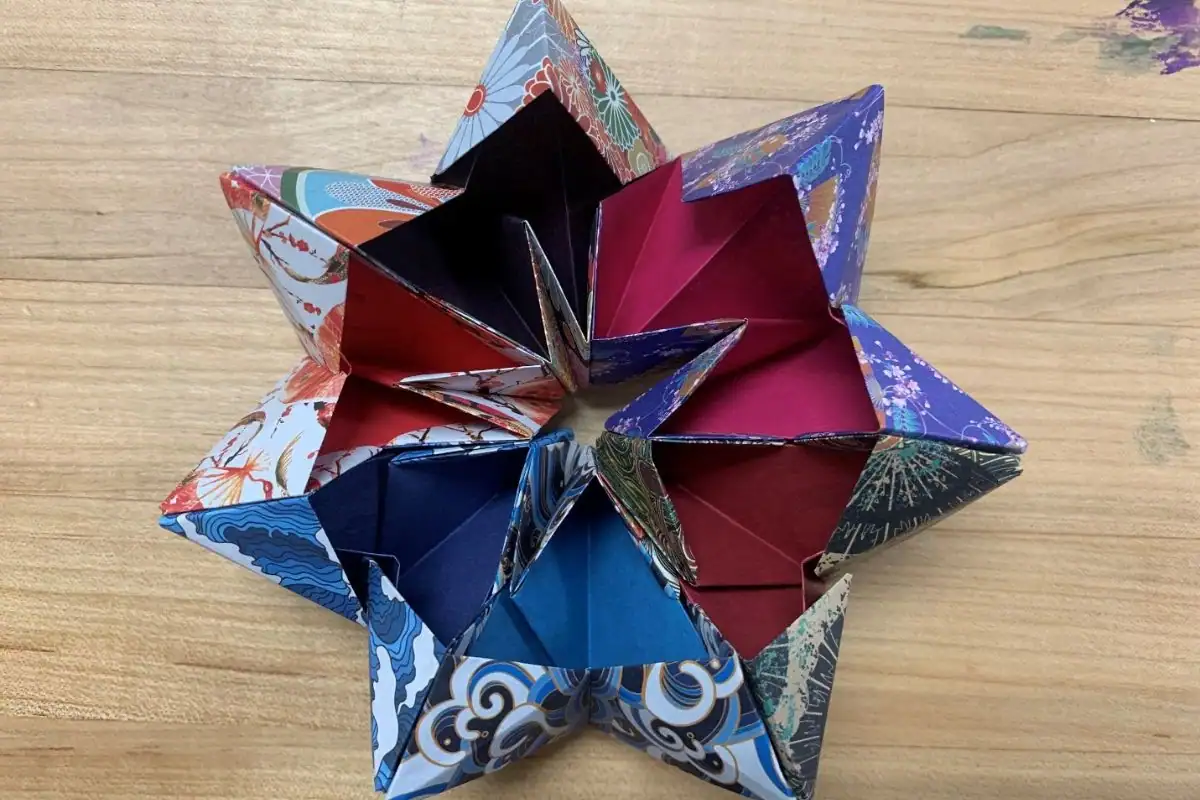
Advertisement
Constant Improvement
One of the most satisfying aspects of any new activity is seeing your own progress, and origami is no different. The art of paper folding has no upper limit—there’s always a new challenge or a more complex piece to try. With time and practice, skilled origami artists can even move beyond following instructions to create custom designs. Even if you don’t reach that level, each small improvement is rewarding and motivates you to keep going.
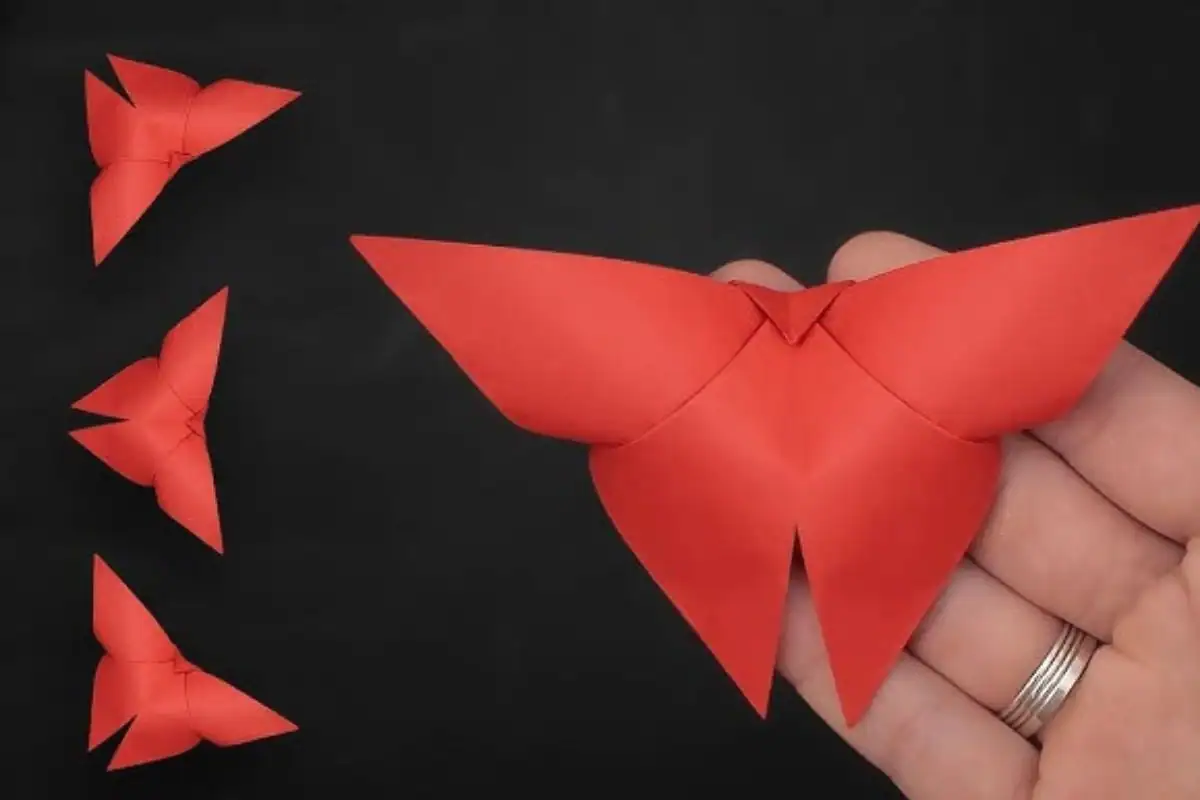
Advertisement
Enhance Other Skills
Origami isn’t just about making paper figures; it also helps improve other abilities. As we age, our fine motor skills can decline. The precise folding required in origami helps sharpen these skills and keeps your hands nimble. Additionally, creating origami enhances spatial awareness because you need to align folds perfectly. These benefits make origami a great activity for keeping both the mind and body engaged.
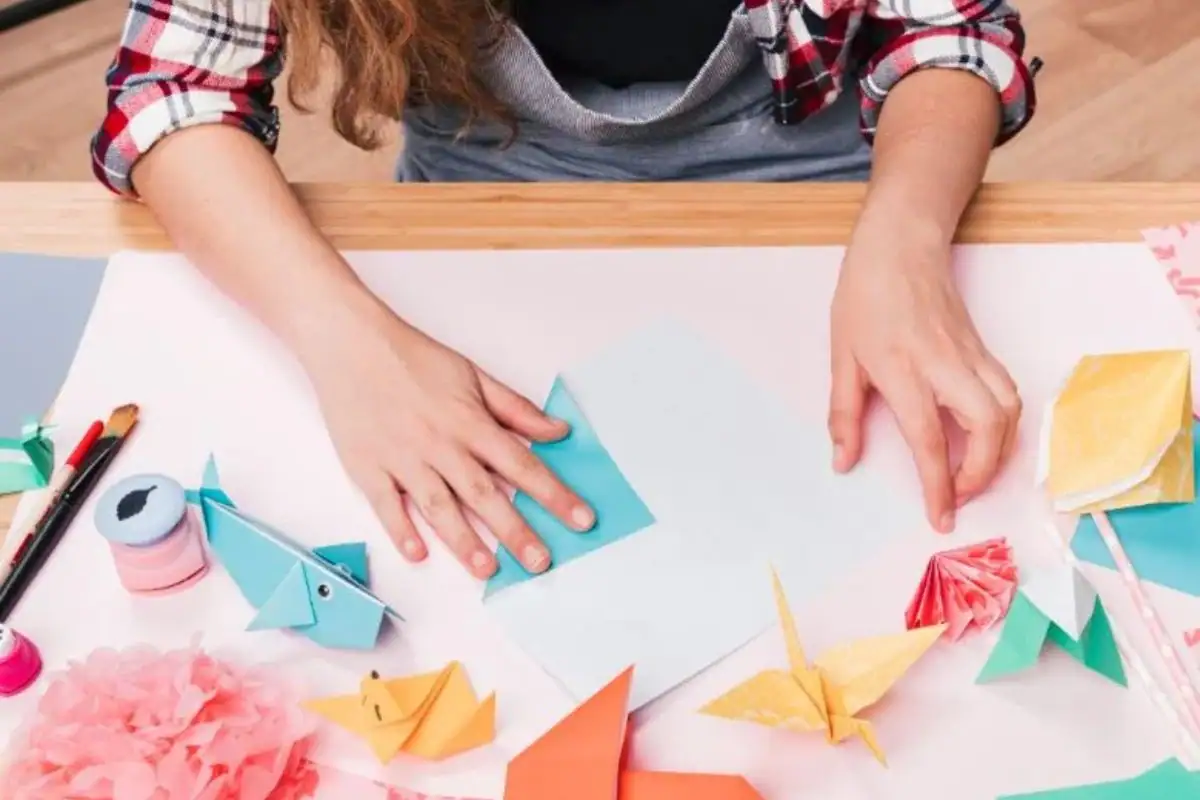
Advertisement
Boosts Productivity
Engaging in creative activities like origami can make you more productive in other areas of life. A 2018 study from The Journal of Positive Thinking found that participating in creative tasks improved the productivity of nearly 700 people the following day. Even major companies like Google encourage employees to spend part of their time on passion projects to boost overall performance. So, if you think spending time on origami is unproductive, remember that it’s actually setting you up for greater success elsewhere.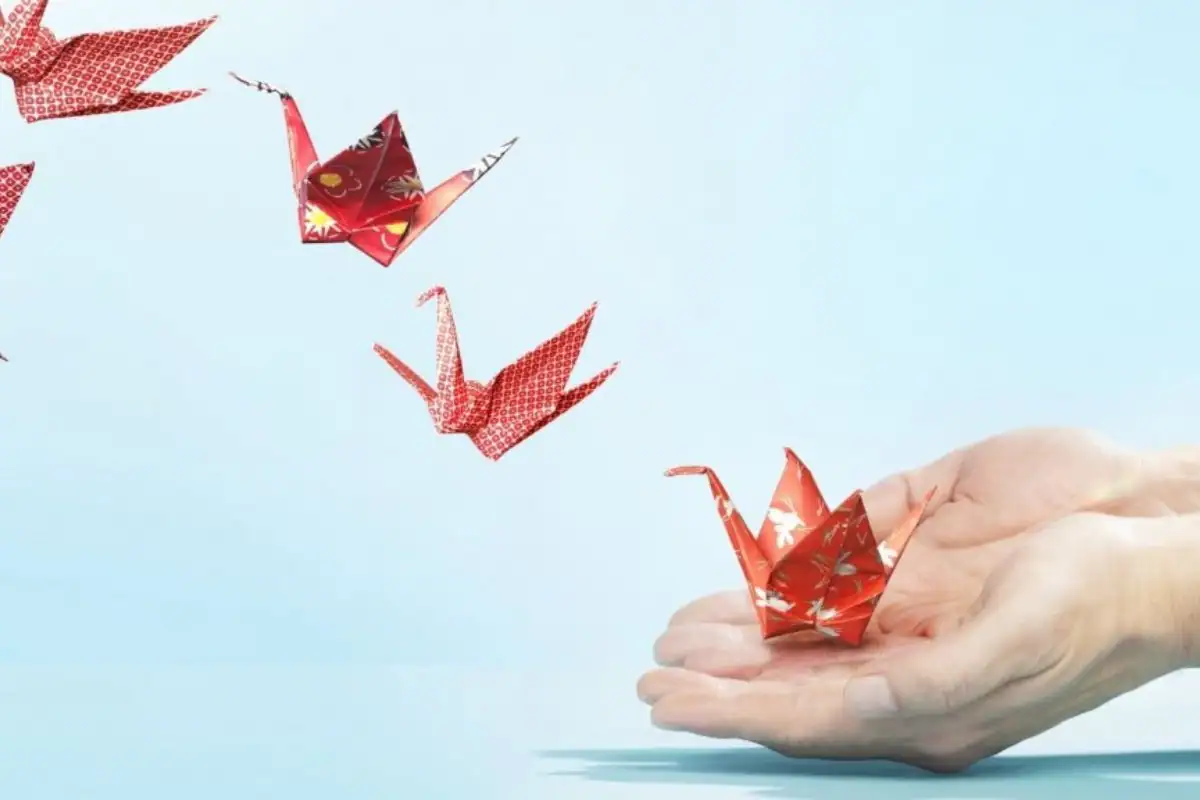
Advertisement
A Way to Express Yourself
Even the most outgoing people sometimes struggle to communicate their emotions. Art, including origami, provides a unique way to express feelings that may be hard to put into words. If you’re feeling particularly reflective, your choice of subject and the outcome of your folds can capture that. Although origami usually follows set steps, each person’s version will have slight variations, making each piece unique. Every fold and imperfection is a reflection of your journey and state of mind.

Advertisement
It’s Just Fun
The main reason to try origami is the simplest one—it’s fun. Beyond all the mental and physical benefits, it’s an enjoyable activity. And if, for some reason, you’re not having fun, it’s easy to adjust. Maybe the design you’re working on is too difficult, or the subject isn’t interesting. Origami can be adapted to suit your preferences. It doesn’t have to be a solo activity either. Share it with friends and family, or look for local art classes or origami groups. You might be surprised at how much fun it is to fold together.

.png)




